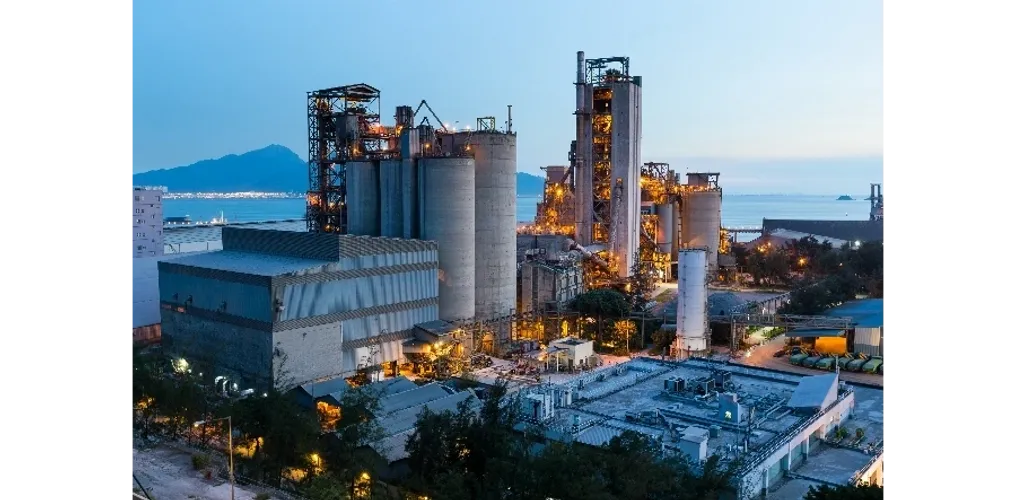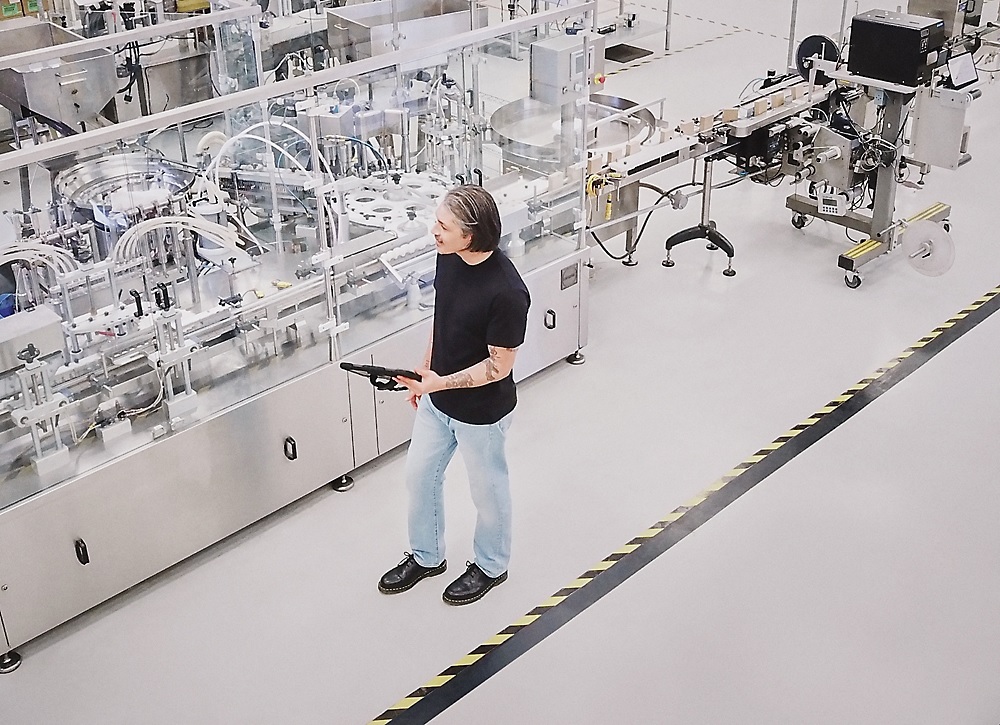Month: March 2025
-
Human Resources in the Age of Transformation: Redefining the Heart of the Workplace
Introduction: HR as the Strategic Pulse of Modern Organizations Once regarded as the administrative backbone of a company, Human Resources…
Read More » -
Productions

The Art and Science of Productions: Shaping the Future of Creative and Industrial Enterprises
The concept of production has evolved significantly over the centuries, shaping the way we work, create, and consume. Historically, production…
Read More » -
Industry

The Shifting Landscape of Modern Industry: A Look Into the Past, Present, and Future
Industry, in its many forms, has been the cornerstone of economic progress, shaping societies and defining the rhythms of daily…
Read More »